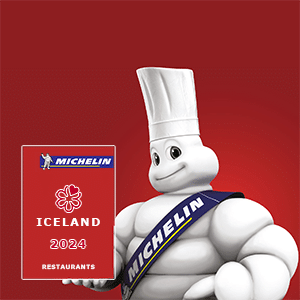Lifid
Winemakers forced to destroy top vines
A virus that has been compared to cancer is attacking grapevines nationwide, forcing some growers to uproot entire vineyards that have produced award-winning wines.
The industry is facing a multimillion-dollar crisis, as growers have to pull out whole infected vineyards and then lose up to four years’ production while new vines grow.
The virus has struck hardest in Gisborne and Hawke’s Bay those affected including the acclaimed CJ Pask and Stonecroft brands. Those winemakers have started ripping out whole blocks that had produced award-winning wines. „The virus affects the vines very slowly, it’s a bit like cancer,“ CJ Pask vineyard manager Bruce Smith said. „The yield and quality gradually diminish.“
A New Zealand Winegrowers’ report highlights the devastating consequences of the leaf-roll type three virus, which is spread by bugs.
The organisation warns that a vineyard completely infected with the virus can cost the grower $12,000 a hectare each year, with total replanting costs of $57,000 a hectare.
Experts say a vineyard should be pulled up when 30 per cent of the vines have been infected by the virus, which is spread by two species of mealy bug.
The virus affects red wine more than white wine. It becomes harder to get the grapes to ripen and the longer the grapes are on the vine the greater the risk of running into bad weather before harvest.
Growers suffer a double whammy as both the quantity and the quality of the grapes falls, reducing their price.
The Pask winery had pulled out blocks that were 25 years old, Mr Smith said. „They should have been in the prime of their life but it wasn’t economically viable to grow them. They had been showing signs of virus for the last seven to 10 years.“
Usually the effects of the virus become evident when the vines are 15 to 20 years old. But a worrying sign for the industry is that the virus is now hitting younger vines.
Mr Smith says some of the new vines being planted might already have the virus.
Alan Limmer, of Stonecroft winery, was one of the pioneers of Hawke’s Bay winemaking, planting vines in the Gimblett Gravels area in the early 1980s. „We’ve been pulling out vines for five or six years now,“ he said.
„A high proportion of vineyards will be hit in the next 10 to 15 years. The problem is going to get quite large though many are quite unaware of it.“
Winemakers south of Hawke’s Bay say the virus is not such a concern as they have fewer mealy bugs.
The Winegrowers’ report says the most cost-effective approach is to keep a constant watch on the vineyard and pull out diseased vines immediately.
The mealy bugs responsible can be partly controlled by insecticides, but many growers are reluctant to use them. NZ Winegrowers science and innovation manager Philip Manson said the industry had some processes in place to keep new blocks virus-free.
„This virus has the potential to cost our industry millions of dollars.“
Figures show New Zealand’s domestic and export wine sales totalled $480 million last year. „If we can develop appropriate control strategies for the virus, there is no reason that vineyards cannot remain productive.“
HortResearch scientist Jim Walker said the mealy bugs were widespread internationally. „In the long term, bio-control is the only practical and effective control.“
Source: stuff.co.nz

-

 Viðtöl, örfréttir & frumraun4 dagar síðan
Viðtöl, örfréttir & frumraun4 dagar síðanÍsland tók yfir eldhúsið á VOX þegar Sævar Lárusson og Rúrik mættu til leiks
-
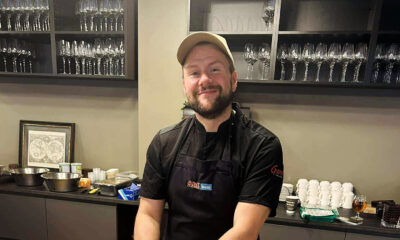
 Nýtt bakarí, veitingahús, fisk- og kjötbúð og hótel2 dagar síðan
Nýtt bakarí, veitingahús, fisk- og kjötbúð og hótel2 dagar síðanSushi staðurinn Majó flytur starfsemi sína í Hof á Akureyri
-

 Viðtöl, örfréttir & frumraun4 dagar síðan
Viðtöl, örfréttir & frumraun4 dagar síðanKristján Örn matreiðslumeistari bauð upp á glæsilegt jólahlaðborð á Gran Canaria – Myndir
-
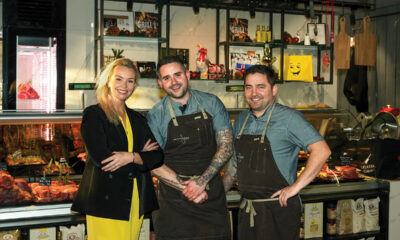
 Viðtöl, örfréttir & frumraun1 dagur síðan
Viðtöl, örfréttir & frumraun1 dagur síðanMeistarakokkar færa sælkeramat í hillur Krónunnar
-

 Nýtt bakarí, veitingahús, fisk- og kjötbúð og hótel3 dagar síðan
Nýtt bakarí, veitingahús, fisk- og kjötbúð og hótel3 dagar síðanNýtt bakarí í undirbúningi á Öskjureitnum á Húsavík
-
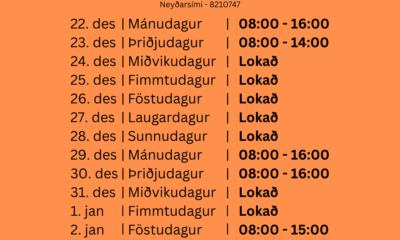
 Markaðurinn3 dagar síðan
Markaðurinn3 dagar síðanRMK heildverslun: Opnunartími yfir hátíðarnar
-
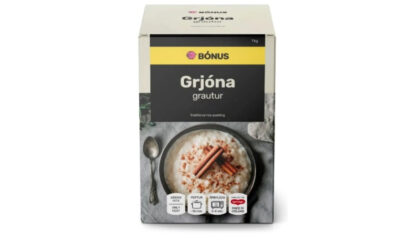
 Frétt4 dagar síðan
Frétt4 dagar síðanAðskotahlutur í Bónus grjónagraut – Matvælastofnun varar við neyslu
-

 Keppni2 dagar síðan
Keppni2 dagar síðanCoffee & Cocktails hreppti 1. sætið í Old Fashioned keppninni



